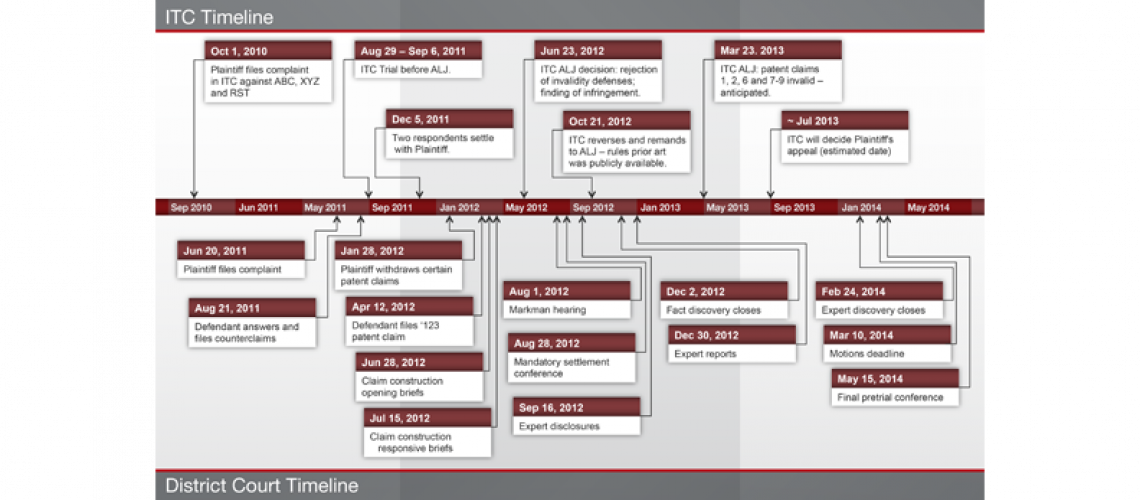Menu


Morgan Smith
The Best Strategies to Present Your Case In Mediation
Graphics can be an important part of a successful mediation. Most mediators prefer that the parties exchange briefs, since it allows the other side to know where you are coming from. Good graphics—not copied photos or handwritten charts—can be a powerful addition to your brief. Seeing professional graphics and animations can let the other side know how prepared you are for mediation and trial. Mediators often hear a different case everyday; you, on the other hand, have dealt with the same case for the last several years. To help the mediator understand the key facts in your case, consider including charts, chronologies and accident reconstruction scenes in your brief.
 Over the last 10 years, there’s been a significant shift in the way mediations are conducted. When I first started in the field, mediation briefs would come in via fax the night before the mediation. The mediator would begin the case with a joint conference where each side would make an opening statement, similar to trial, and after these openings the mediator would often have to spend the rest of the afternoon defusing the tension created by a joint conference.
Over the last 10 years, there’s been a significant shift in the way mediations are conducted. When I first started in the field, mediation briefs would come in via fax the night before the mediation. The mediator would begin the case with a joint conference where each side would make an opening statement, similar to trial, and after these openings the mediator would often have to spend the rest of the afternoon defusing the tension created by a joint conference.
There are two important aspects of developing presentations for mediation: (1) Communicate with the mediator before the mediation; and (2) develop a presentation that will inform but not inflame the opposing party. Remember that mediation is voluntary, and the goal is not to make the other side walk out. The goal is to get the case settled in the best way for your client.
In this blog post, I’ll cover several strategies to best present your case at mediation, including dos and don’ts for using graphics and technology to enhance your results. (more…)
Recent Posts
- Proper Digital Discovery, Part IV: Using Drones in Modern Litigation
- Proper Digital Discovery, Part III: Using Digital Imagery in Modern Litigation
- Proper Digital Discovery, Part II: Electronic Measuring Data
- How to Obtain Proper Digital Discovery, Part I: Photography
- California Courts – Latest Updates
